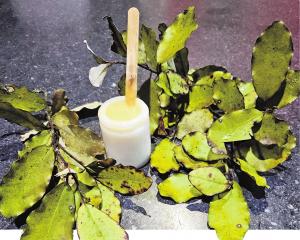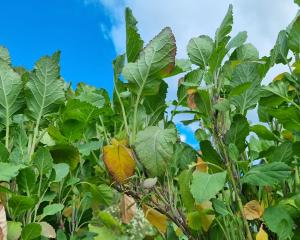
You think you’re 100% human don’t you? But you are wrong. The human genome project published research as recently as 2012 which proved that only 10% of the DNA in our bodies is human, the other 90% is the DNA of microbes. This only comes to 500g to 2.7kg of actual mass, but it’s still a lot of tiny critters inside us. There are still loads of research to be done on the subject, but so far it seems that packing our food with good, healthy microbes helps us overwhelm bad microbes in our bodies.

Food poisoning is bad microbes so is streptococcus which gives us strep throat. Problems with the gut microbiome create symptoms like diarrhoea, constipation, poor digestion, bloated stomach, gas and gas pain. Help is at hand though; if we try to keep up the quantity of good microbes in our gut we can feel a lot better.
Fermentation is a food preservation technique used for a very long time. Bacteria and yeast digest the sugars and starches in foods and drinks producing organic acids which increase the shelf life of foods and drinks. Some examples are sauerkraut, tempeh, miso, sour dough, yoghurt, ginger beer, kefir, kombucha, kimchi; even cheese is milk with microbes.
I used to wonder how German families could survive eating so much sauerkraut without turning their homes into methane bombs. If you have ever eaten sauerkraut without getting accustomed to it first, it can be very "gassy". The trick is to slowly introduce small amounts of the fermented food into your diet so your gut can build up the microbes it needs to digest it.
Kimchi is a Korean method of storing vegetables and it is a really delicious, spicy but not too hot, condiment. We use it a lot to add flavour beside a salad, or in place of a sugary sauce on meat. It is actually pretty easy to make.
I have had a lot of failures with food fermenting, as along with good bacteria, your kitchen also contains a lot of bad bacteria which can cause your fermented foods to go mouldy. I now use sachets of fermented vegetable starter culture (I get mine from Taste Nature) and have had total success.
Before starting to make Kimchi you need to scrupulously clean your chopping board, knife, hands, and any vessels you plan to use. Hot soapy water will do, or you can use sterilising solutions used by brewers.
If you make a fermented food and it gets mouldy and rotten looking, throw it out.
Kimchi
Ingredients
4kg Napa Chinese cabbage (about 2)
160g of salt
400g daikon radish
1 large spring onion
40g garlic finely chopped
30g fresh ginger grated or finely chopped
100g of Korean salted shrimp or miso
60g sugar
70-90g Korean chilli flakes (I once mistook the Korean chilli for regular chilli flakes and ended up with a ferociously hot, nearly inedible kimchi, get your Korean chilli from an Asian food store)
1 tsp salt
100g of fish stock or kelp stock
1 packet of fermented vegetable culture.
Method
Cut each cabbage lengthwise into four pieces, place the cabbage in a large bowl or pot and mix with the first measure of salt. Leave the cabbage for one day in winter or eight hours in summer. Turn the cabbage pieces halfway through this salting process.
Rinse the cabbage with fresh water and drain well.
Cut the radish into julienne pieces chop up the spring onion.
Chop the cabbage into smaller pieces, about 3cm cubes.
Place all the vegetables in a large sterile bowl.
In another smaller bowl mix all the remaining ingredients and mix them thoroughly with very clean hands. Then add the spice mix to the vegetables and mix the whole mess up very well with your hands.
I pack all my kimchi into a fermentation crock, which has a gutter which the lid sits into, the gutter, can be filled with water to keep any stray wee beasties out while enabling the release of any gasses produced.
You can alternatively pack the kimchi mix into sterile jars. If you like you can top the jars with some folded outer leaves of the cabbage to keep the kimchi submerged as much as possible. Put on the lids loosely.
Leave the kimchi to ferment for 5-10 days in a shaded, warmish place (I just leave it on the kitchen bench) and check daily for flavour, mould, and just to burp the jars as they give of gas while fermenting.
When ready, store the jars in the fridge. I use tongs to pack my crock fermented kimchi into sterile jars with lids and store in the fridge until used. If you like it less sour put it in the fridge sooner.
Use only a really clean spoon or tongs to get some out to have with your dinner.
Eat sparingly to start with or you might "blow the house up!".













